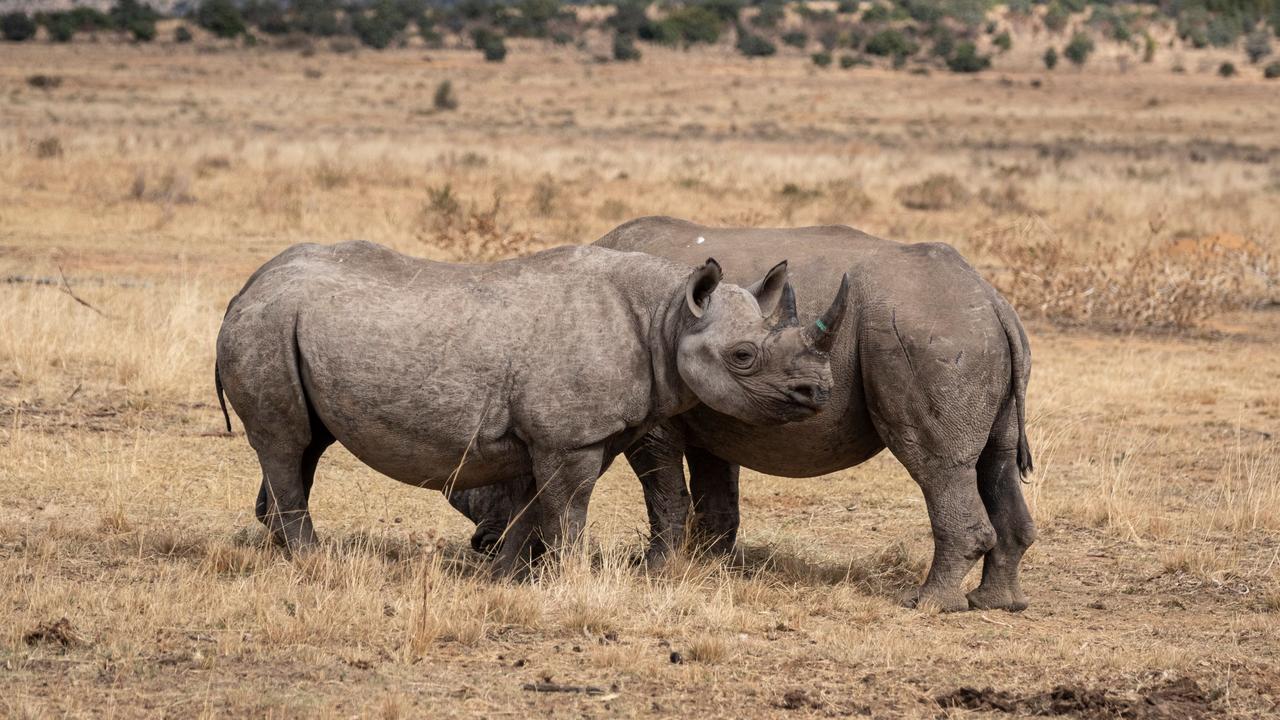Scientists have gut feeling ‘poo transplant’ will save lives
Aussie scientists are trialling a “poo transplant” to help seriously ill cancer patients by boosting the good bacteria in their gut

READING LEVEL: ORANGE
Australian scientists are trialling a “poo transplant” to bring hope to seriously ill cancer patients.
The immune-boosting power of a healthy gut microbiome* is being harnessed* in the Australian-first trial aimed at saving the lives of severely ill blood cancer patients and meeting an urgent need for new treatments.
The groundbreaking clinical trial involves transferring trillions of gut microbes* in the poo of a healthy donor into a sick patient to replenish* their depleted* gut microbiome and improve their immune response to fight disease.
The process is called faecal* microbiota transplant, or FMT, and is emerging as an exciting potential treatment for a range of conditions.
The trial involving blood cancer patients is being led by QIMR Berghofer scientist Dr Andrea Henden at the Royal Brisbane and Women’s Hospital. It uses a new biological* product made by Australian Red Cross Lifeblood from the Rotary WA Health Innovation Centre in Perth.

It is the first time FMT will be trialled in Australia in blood cancer survivors who have developed a severe complication following lifesaving bone marrow transplant treatment. This complication is called Graft-versus-Host-Disease (GVHD) and is when immune cells in the donated bone marrow attack the recipient’s organs and tissues.
Dr Henden said new treatments were urgently needed for these patients.
“A bone-marrow transplant can be a double-edged sword*. It saves the lives of people with aggressive blood cancers but can then take their lives by causing GVHD which is heartbreaking,” she said.
She said conventional* treatments, involving steroids to suppress the patient’s immune system, did not work in half of all GVHD patients.
“FMT is a really exciting new approach that could save lives,” Dr Henden said. “If we can restore a healthy gut microbiome in these patients we can potentially influence immune function in the gut and treat the GVHD in a safer way that preserves the patient’s immunity.”
Lifeblood is at the forefront of FMT development in Australia, becoming the first licensed FMT manufacturer just over 18 months ago and now offering the product to hospitals Australia-wide.

Just like blood donors, people who donate microbiome are carefully screened. Stool* is collected from volunteers and then processed and tested by Lifeblood before being supplied to researchers and clinicians* like Dr Henden.
The researchers hope to discover if a specific microbe or its derivative* is responsible for improving GVHD during faecal transplant, with the goal of eventually developing a supplement or tablet that a patient can take as a more simple way of treating their disease.
They also hope new information from the trial could lead to more effective treatments for inflammatory bowel conditions such as Crohn’s disease and ulcerative colitis.
GLOSSARY
- microbiome: the microorganisms living in a particular environment, including in a part of the body like the gut. The microbiome consists of microbes that are both helpful and potentially harmful
- harnessed: controlled and made use of
- microbes: microorganisms or tiny living things
- replenish: restore, fill something up again
- depleted: used up, smaller or less than before
- faecal: to do with poo
- biological: to do with living things
- double-edged sword: something that can have both positive and negative effects
- conventional: traditional or usual
- stool: poo
- clinicians: health professionals who work directly with patients
- derivative: something that is formed from another thing
EXTRA READING
Gut play: look inside your insides in real time
Gut bacteria could help control allergies, asthma
Trial to ‘switch off’ severe allergies in kids
Scientists discover cure for fear
Scientists get to the bottom of wombat poo mystery
QUICK QUIZ
- What type of cancer do the patients in this trial have?
- How many microbes will be transferred from the poo of a healthy donor?
- What is it hoped these microbes will do to sick patients?
- At which hospital is the trial being?
- Which organisation manufactures FMT?
LISTEN TO THIS STORY
CLASSROOM ACTIVITIES
1. Write a jingle
A jingle is a type of short, catchy song or rhyme that is used in advertising. Write the words for a jingle. The purpose of your jingle is to help people understand how and why FMT is so important.
Time: allow 25 minutes to complete this activity
Curriculum Links: English, Health and Physical Education, Science
2. Extension
Write an information report on gut microbiome. Use information in the story and your own research skills to help you.
Time: allow 25 minutes to complete this activity
Curriculum Links: English, Health and Physical Education, Science
VCOP ACTIVITY
Read this!
A headline on an article – or a title on your text – should capture the attention of the audience, telling them to read this now. So choosing the perfect words for a headline or title is very important.
Create three new headlines for the events that took place in this article. Remember, what you write and how you write it will set the pace for the whole text, so make sure it matches.
Read out your headlines to a partner and discuss what the article will be about based on the headline you created. Discuss the tone and mood you set in just your few, short words. Does it do the article justice? Will it capture the audience’s attention the way you hoped? Would you want to read more?
Consider how a headline or title is similar to using short, sharp sentences throughout your text. They can be just as important as complex ones. Go through the last text you wrote and highlight any short, sharp sentences that capture the audience.


